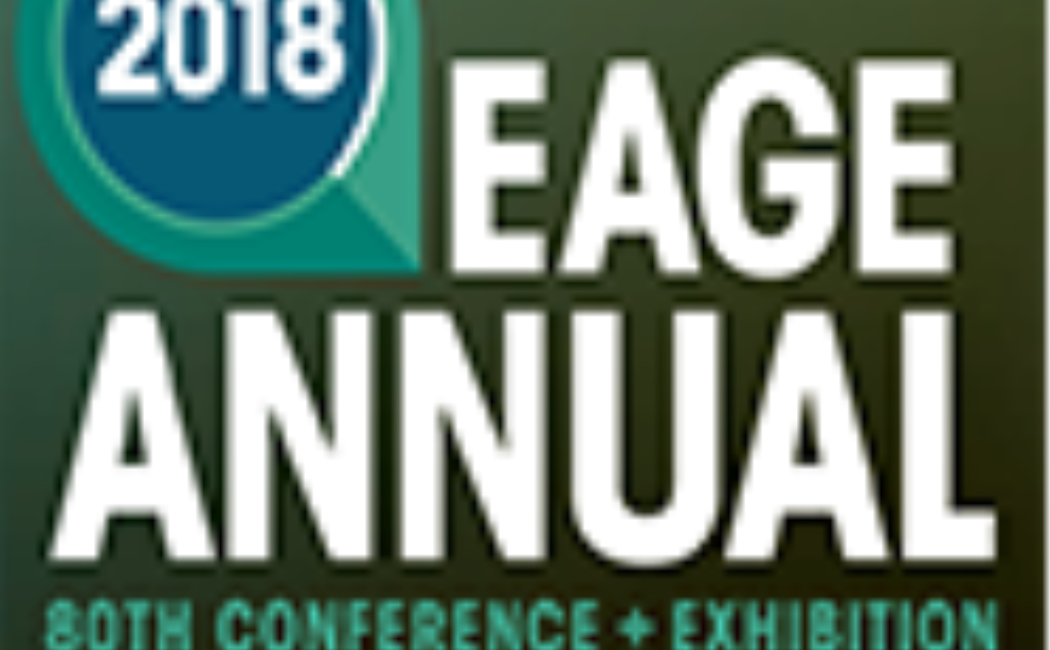.jpg?sfvrsn=1a62d0cb_0)
.jpg?sfvrsn=1a62d0cb_0)


Several ANPERC members will attend the EAGE 2018 Conference in Copenhagen. The EAGE Annual 2018, our 80th annual Conference & Exhibition, is the largest and most comprehensive multi-disciplinary geoscience event in the world. The event includes a large conference – in total over 1,000 technical oral and e-Poster presentations – and a technical exhibition presenting the latest developments in geophysics, geology and reservoir/petroleum engineering. More than 6,000 people from almost 100 different countries visit this event annually, with the top companies in geoscience and engineering, as well as innovative new players in the field, exhibiting their latest technology, products and services.
The attending ANPERC members are Tad Patzek, Maxim Yutkin, WeiWei Zhu, Thomas Finkbeiner and Heath Hignight. Senior Research Scientist Thomas Finkbeiner will be judging the Laurie Drake Challenge on Sunday, June 10 and host the Student Poster session on June 14. ANPERC staff member Heath Hignight will staff our booth #1571 and participate in the EAGE Career Advice Panel (booth #410, EAGE Community Hub). Ph.D. student WeiWei Zhu will present on June 13 at 11.45 am.
WeiWei Zu's presentation:
Percolation Properties of Stochastic Fracture Networks in 2D and Outcrop Fracture Maps.
Abstract: Percolation theory is widely used to analyze connectivity of fracture networks. The quantities commonly used to characterize fracture networks are the total excluded area, total self-determined area, and number of intersections per fracture. These three quantities are percolation parameters for the constant-length fracture networks, but no one has investigated them in complex fracture networks. We investigate the variability of these three quantities in three types of fracture networks, in which fracture lengths follow a power-law distribution, fracture orientations follow a uniform distribution, and fracture center positions follow either a uniform distribution (type 1 and 2) or a fractal spatial density distribution (type 3). We show that in type 1 and type 2 fracture networks, these three quantities are percolation parameters only when the power-law exponent is larger than 3.5. In type 3 fracture networks, none of the three quantities are percolation parameters. We also investigate 16 outcrop fracture maps and find that these maps are closest to type 3 fracture networks. The outcrop fractures cluster and have lengths that follow a power-law distribution with the exponent ranging from 2 to 3.
Make sure to visit our ANPERC booth #1571 and talk to our staff about the latest research programmes!
More information about EAGE 2018 here